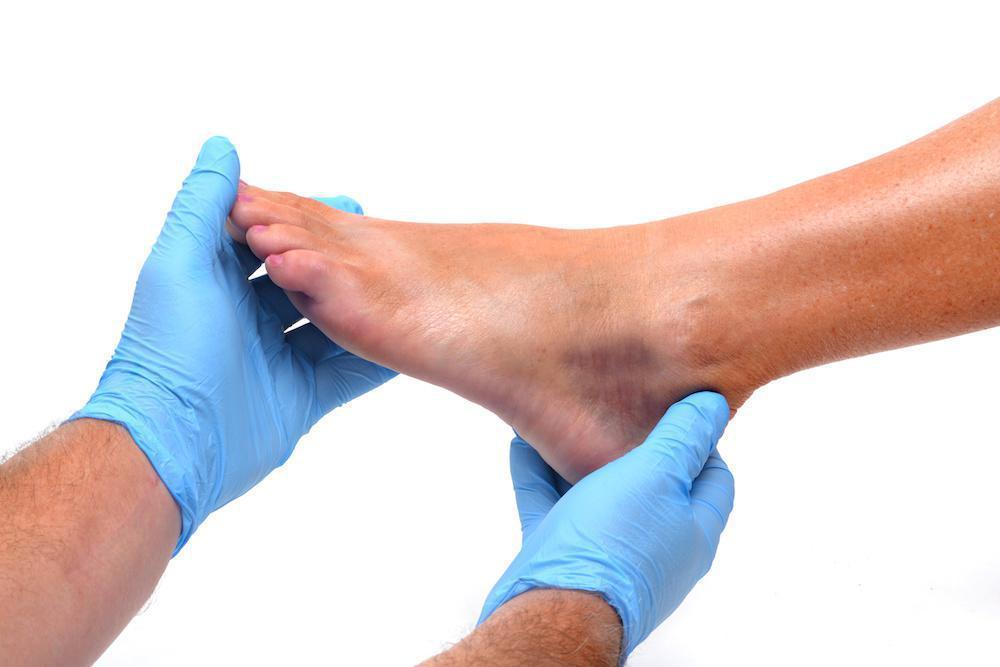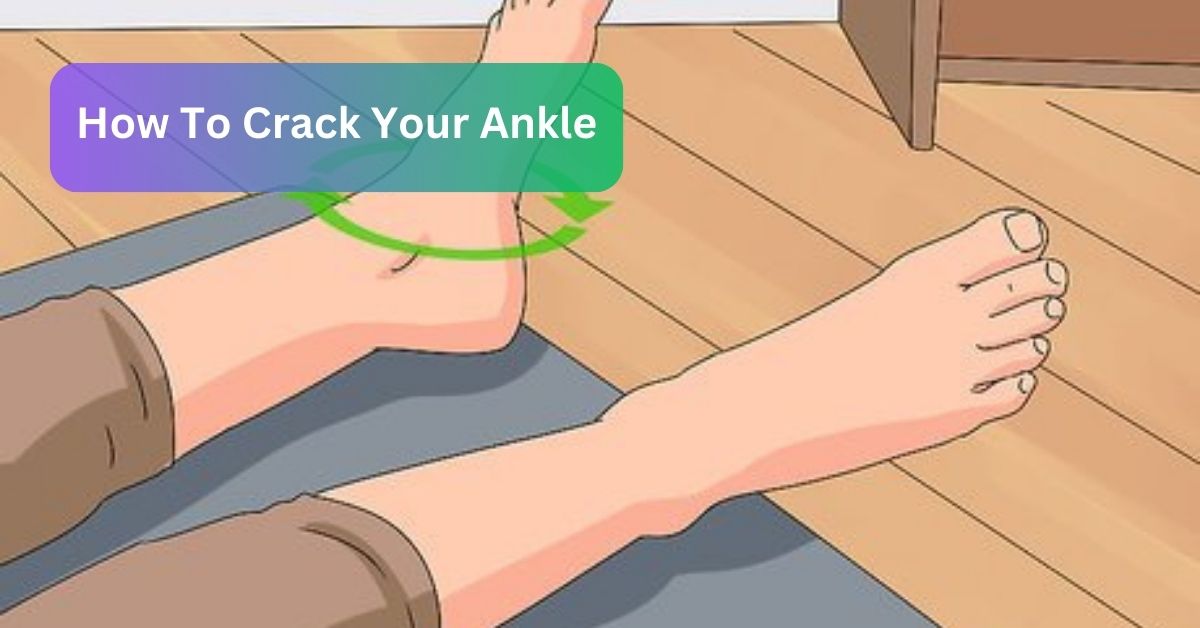Ankle cracking is considered comfortable. However, keep the process for relaxing and prioritize gentle practices due to minor risks. Incorporating regular stretching into your routine and maintaining overall health can contribute to flexible joints.
Let’s delve into the ankle-cracking world and discover this practice’s positive aspects.
Why Do People Crack Their Ankles – Let’s Find Out!
Cracking ankles, or ankle popping, is a common phenomenon with various motivations. One reason is the pleasurable sensation and relief it brings. The audible crack and the feeling of pressure release from the joints can be oddly satisfying for many individuals.
Additionally, some people develop ankle cracking as a habit or even a nervous tic, akin to other subconscious behaviors like tapping one’s foot. Interestingly, athletes and dancers often incorporate ankle breaking into their warm-up routines.
Beyond a mere quirk, this practice serves a purpose: enhancing flexibility and preparing joints for the physical demands of activities. Ankle cracking remains a diverse and intriguing phenomenon, whether for the sheer enjoyment of the sound, a habitual response, or a strategic move by those engaged in physical pursuits.
How to Crack Your Ankle – A Trustworthy Guide!

- Firstly, find a chair or sit on the floor. Then, reach your legs out straight in front of you. Ensure your knees are not bent and your legs are fully extended. This position helps to stretch the muscles along the back of your legs and promotes flexibility. Ensure that you’re in a comfortable place.
- Lift your ankle by bending it upward, and point your toes towards your head. Imagine trying to touch your toes to your forehead.
- Start moving your ankle in a slow, circular motion. Picture drawing a small circle with your toes and warm up your joint.
- As you rotate your ankle, pay attention to how it feels. You might sense a gentle pull or tension in your ankle. That’s completely normal.
- Once you feel the tension, hold your ankle in that position for a few seconds. Then, gently release it back to its original place.
- You may notice a crack or pop sound when you release your ankle, like a minor pressure release in the joint. Don’t be concerned if you hear nothing not everyone does.
- Importantly, cracking your ankle shouldn’t be painful. If you experience any discomfort, immediately cease the activity. And if you don’t hear a sound, don’t force it. The goal is to make your ankle feel good, not cause pain.
Things to Watch Out for When Cracking Your Ankle – Must Read!
- Cracking too often or too hard:
Doing it too much or being too strong when you crack your ankle can be risky. Imagine if you did something over and over or too forcefully – it might not be suitable for your ankle in the long run.
- Using too much power:
When you put too much pressure on your ankle while cracking it, that’s not right. Think of it like pressing too hard on something delicate – it’s essential to be gentle with your ankle to keep it happy and healthy.
- Cracking in a weird position:
Cracking your ankle strangely or unnaturally isn’t a good idea. Your ankle has a certain way it likes to move, and straying from that can lead to discomfort or even injury. Stick to movements that feel natural and comfortable.
- Not warming up:
Before you crack your ankle, it’s a good idea to warm up a bit. Warming up is like giving your ankle a heads-up that it’s about to move. It helps your ankle prepare for action, making the cracking experience smoother and safer. It’s like to warm up before exercising.
To stay safe, go easy and take your time when cracking your ankle. There is no need to rush; always warm up before giving it a crack.
Benefits of Cracking Your Ankle – Yes, It’s Beneficial!

1. Improved Mobility:
When you crack your ankle, it’s like giving it a little stretch. This can help your ankle move more quickly, making bending and flexing smoother and more comfortable.
2. Reduced Tension:
This may also be like a gentle massage for your ankle, helping to release tightness and stress. This can provide a welcome relief, especially if your ankle feels tense.
3. Enhanced Blood Flow:
Cracking could stimulate better blood circulation around your ankle, similar to the positive effects of a mini-massage. Improved blood flow contributes to a healthier and more nourished joint.
Understanding these benefits sheds light on how ankle cracking can be more than just a sound, it can be a simple practice with potential advantages for your ankle’s comfort and well-being.
Remember, the experience might vary for each person, but these positive effects explain why some individuals find ankle cracking beneficial.
When to Consult a Doctor for Ankle Concerns – You Need To Know!
You must contact a medical professional if you’re feeling pain, swelling, or discomfort in your ankle. These symptoms could indicate a more severe injury or condition, like a sprain or fracture. Moreover, if you find it challenging to crack your ankle or if cracking causes pain, it might signal an underlying joint issue that warrants medical attention.
In such cases, seeking advice from a doctor ensures a proper diagnosis and appropriate care for your ankle health.
Frequently Asked Questions:
1. Is cracking your ankle terrible for you?
In most cases, ankle cracking is harmless and a normal part of joint movement. However, you must consult a doctor if you experience pain or swelling.
2. How often can I crack my ankle?
Cracking your ankle occasionally is generally acceptable. However, if accompanied by pain, excessive cracking may require medical attention.
3. Can I crack my ankle on my own?
Our guide provides safe and easy exercises for cracking your ankle at home. If you have concerns, consult with a healthcare professional.
Wrapping Up Ankle Cracking
Cracking your ankle is pretty standard and can feel suitable for many. Keep it easy and gentle, though, as there are minor risks.
Doing stretches regularly and staying healthy helps keep your joints flexible. If your ankle hurts, seeing a doctor for the best care is wise.
Also Read:














+ There are no comments
Add yours